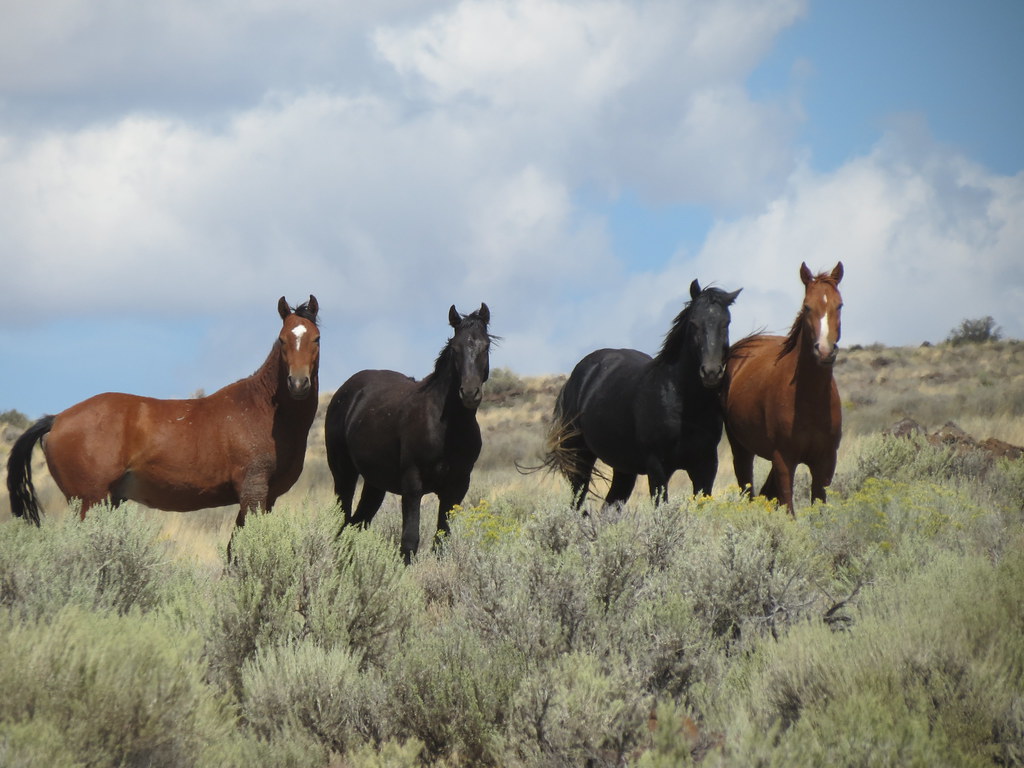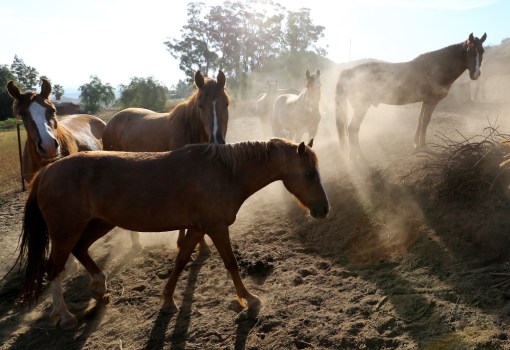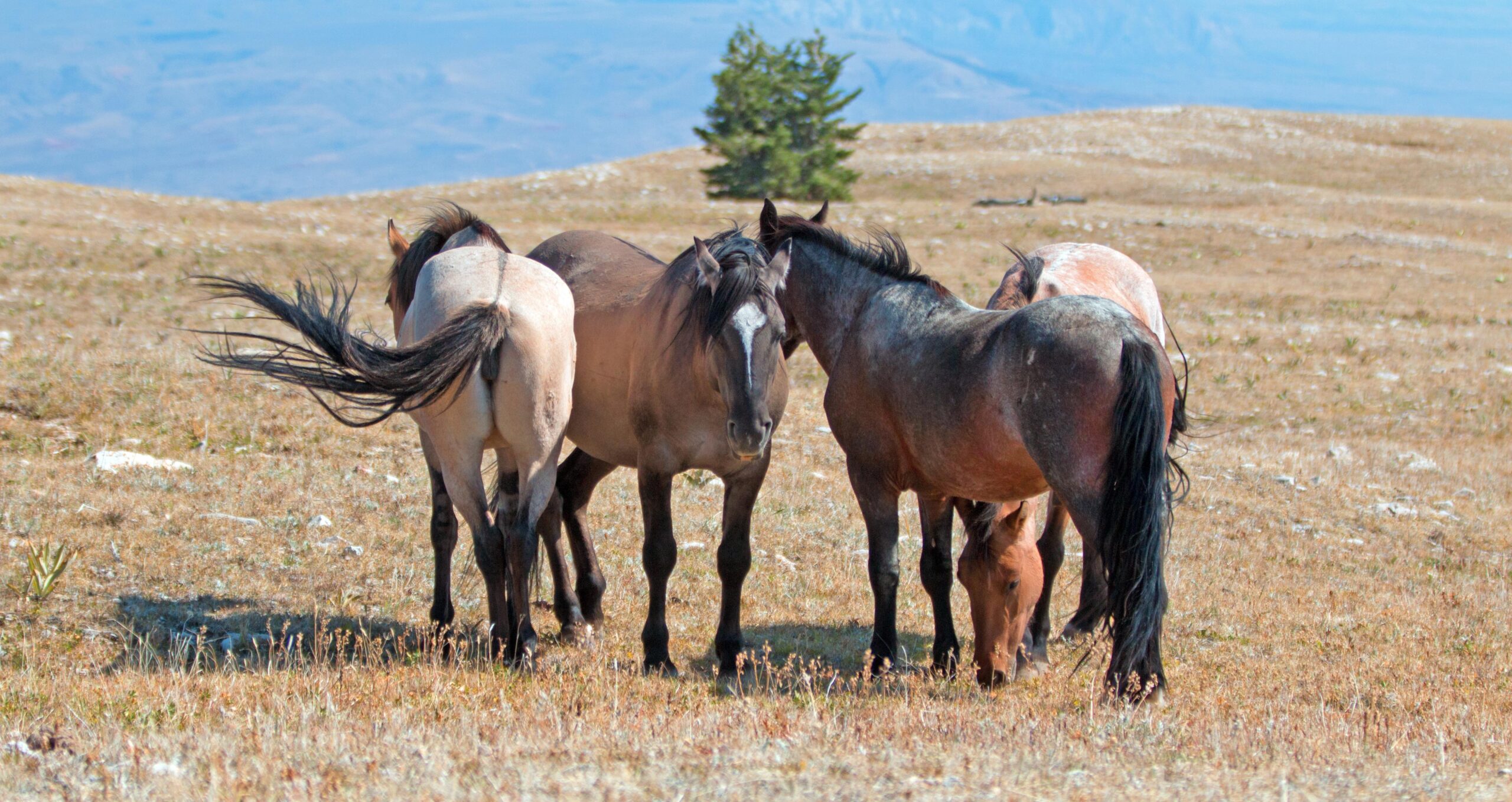Horses in National Parks and Public Lands

Horses have long been a symbol of freedom and the American frontier, and their presence in national parks and public lands continues to captivate visitors and conservationists alike. This article explores the role of horses in these protected areas, their impact on the environment, management practices, and the cultural significance they hold.
Introduction

National parks and public lands are treasured for their natural beauty and biodiversity. Horses, both wild and domesticated, roam many of these areas, contributing to the landscape’s heritage and visitor experience. Understanding their role helps balance ecological health with recreational use.
Types of Horses Found in National Parks and Public Lands
| Type of Horse | Description | Examples of Locations |
|---|---|---|
| Wild Horses (Mustangs) | Free-roaming horses descended from domesticated stock, often protected by law | Nevada, Wyoming, California |
| Feral Horses | Descendants of escaped or released domesticated horses, living in the wild | Various western states |
| Pack Horses | Domesticated horses used by park rangers and visitors for transportation | Many national parks |
Ecological Impact of Horses
Horses can significantly affect the ecosystems within national parks and public lands. Their grazing habits influence plant communities, soil composition, and water sources. While they help maintain open landscapes, overpopulation can lead to overgrazing, soil erosion, and competition with native wildlife.
Positive Effects
- Maintain grassland ecosystems by preventing shrub overgrowth
- Serve as prey for predators in some ecosystems
Negative Effects
- Overgrazing leading to habitat degradation
- Soil compaction affecting plant growth
- Competition with native species for resources
Management Practices
Managing horse populations in national parks involves a combination of strategies to ensure ecological balance and animal welfare.
- Population Control: Roundups, fertility control, and adoption programs help regulate numbers.
- Habitat Management: Rotational grazing and habitat restoration projects mitigate environmental damage.
- Monitoring: Regular health and population assessments guide management decisions.
Cultural and Recreational Significance
Horses enrich the visitor experience by offering horseback riding opportunities and connecting people to the history of the American West. They are featured in educational programs and cultural events that celebrate heritage and conservation.
Frequently Asked Questions (FAQ)
Q1: Are wild horses native to the United States?
A1: Wild horses, or mustangs, are descendants of domesticated horses brought by European settlers. They are not native but have become an iconic part of the American landscape.
Q2: How do national parks manage horse overpopulation?
A2: Management includes roundups, fertility control measures, and adoption programs to maintain sustainable population levels.
Q3: Can visitors ride horses in national parks?
A3: Many national parks offer horseback riding trails and guided tours, but regulations vary by park.
Q4: What impact do horses have on native wildlife?
A4: Horses can compete with native species for food and water, potentially disrupting local ecosystems if populations are not managed.
Conclusion
Horses in national parks and public lands play a complex role that intertwines ecological, cultural, and recreational aspects. Effective management ensures that these majestic animals continue to be a cherished part of our natural heritage while preserving the health of the ecosystems they inhabit.
This article provides a balanced view suitable for SEO purposes, incorporating tables, lists, and FAQs to engage readers and improve search engine visibility.
